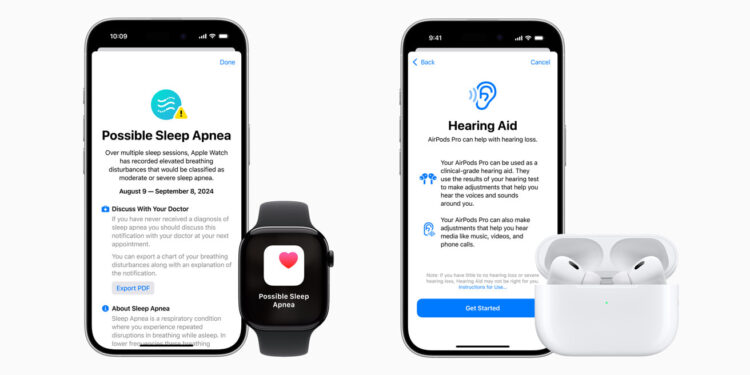In recent times, the tides of technology have shifted towards enhancing personal health, a trend prominently showcased at Apple’s latest iPhone event. While the sleek designs of new iPhones continue to excite, it’s the significant health-centric features in the updated AirPods Pro and Apple Watch that are sparking conversations. With these advancements, Apple is not merely upgrading its devices but revolutionizing how we manage our health day-to-day.
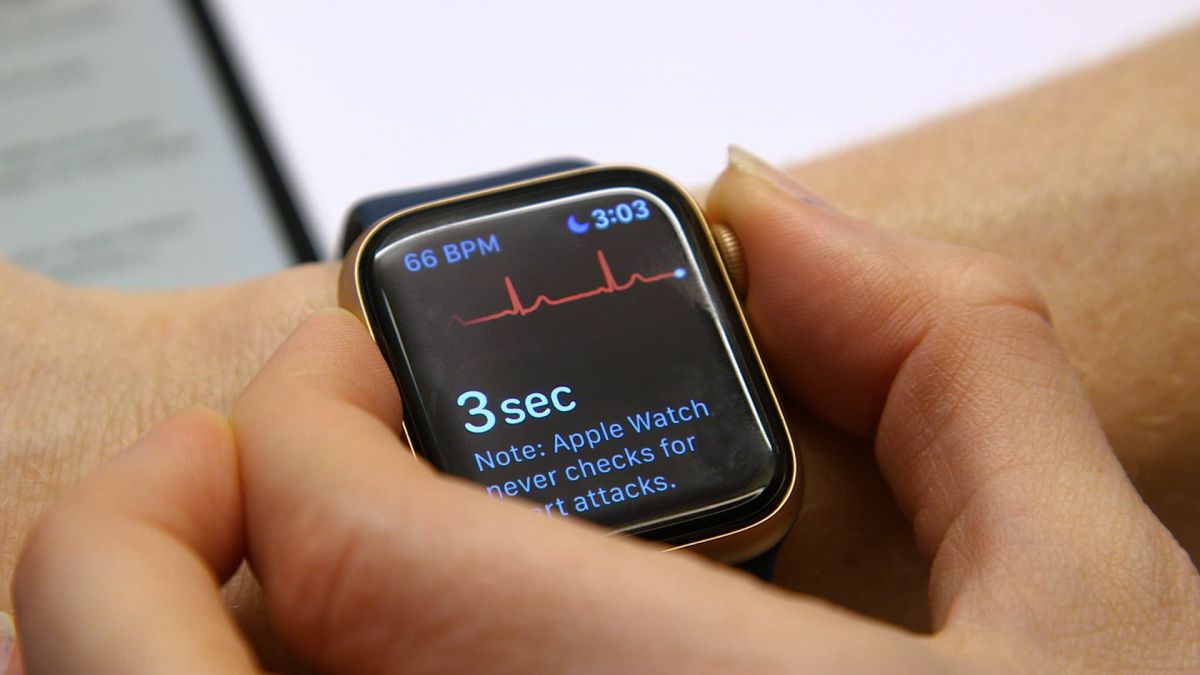
Transforming Hearing Health with AirPods Pro
Apple’s introduction of hearing health features through its latest AirPods Pro is a groundbreaking development. These features include hearing tests and customizable hearing profiles, transforming the earbuds into potential over-the-counter hearing aids. This move follows the Food and Drug Administration’s (FDA) recent authorization of Apple’s “Hearing Aid Feature,” making it the first such software device intended for use with the AirPods Pro. According to Terry Zwolan, a leading audiologist, this encourages users to actively engage with their hearing health, stating, “It shows them how important it is to protect your hearing.”
These innovations offer a dual benefit: aiding those aware of their mild to moderate hearing loss, and expanding access for others to recognize and address potential hearing issues. The simplicity and accessibility of these features could greatly enhance the user experience and awareness around hearing health.
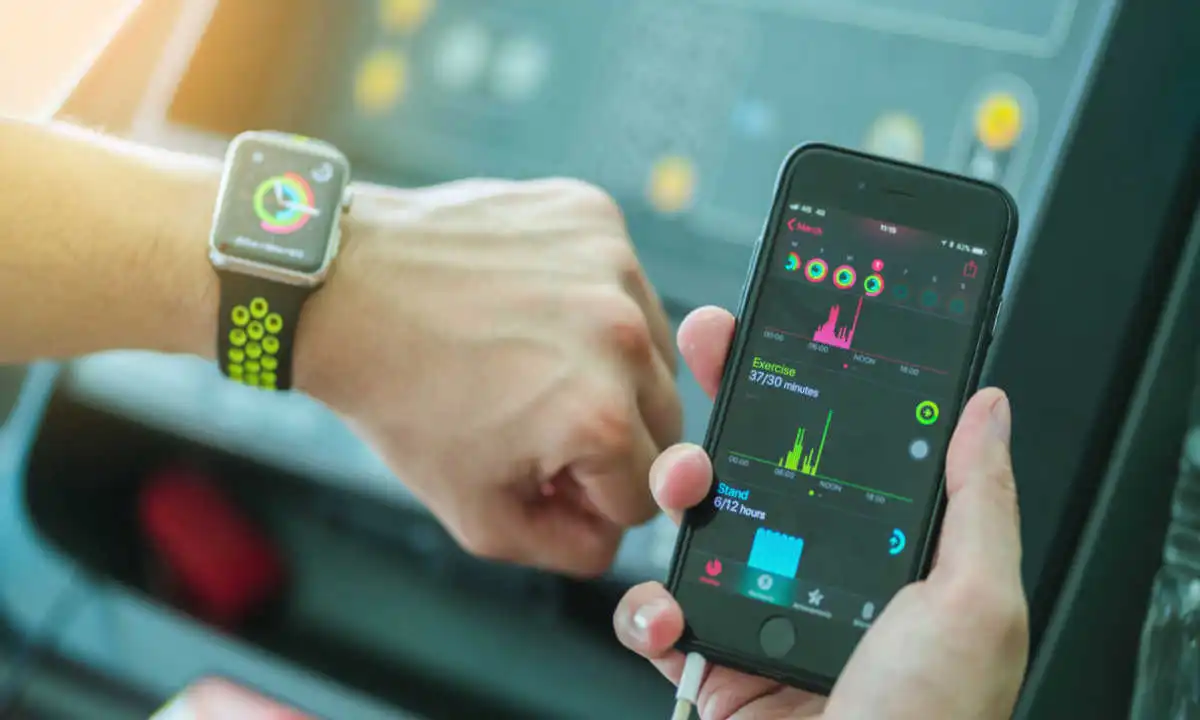
Sleep Apnea and Breathing Tracking on the Apple Watch
The Apple Watch, known for its fitness and health tracking capabilities, is set to incorporate notifications for sleep apnea and enhanced tracking of breathing activity. Sleep apnea, a condition where individuals momentarily stop breathing while asleep, significantly affects mental and overall health. Andy Miller, senior vice president at AARP AgeTech Collaborative, highlights Apple’s role in integrating health into daily tech: “Apple’s long been a leader with accessibility… This is just a natural extension of that.”
Bridging Gaps Between Technology and Professional Healthcare
The new features in Apple devices also promote a stronger connection between consumers and healthcare professionals. Users can now take more control over their health monitoring and seamlessly integrate professional health assessments with their devices. As Zwolan emphasizes, the ability to load professional audiograms into one’s device or share self-administered test results with healthcare providers is a significant step forward. Moreover, prolonged exposure to loud sounds through headphones can lead to hearing loss. Apple addresses this with built-in audio limiters and alerts that warn users about excessive noise levels, underscoring the need for technological solutions to prevent health issues.
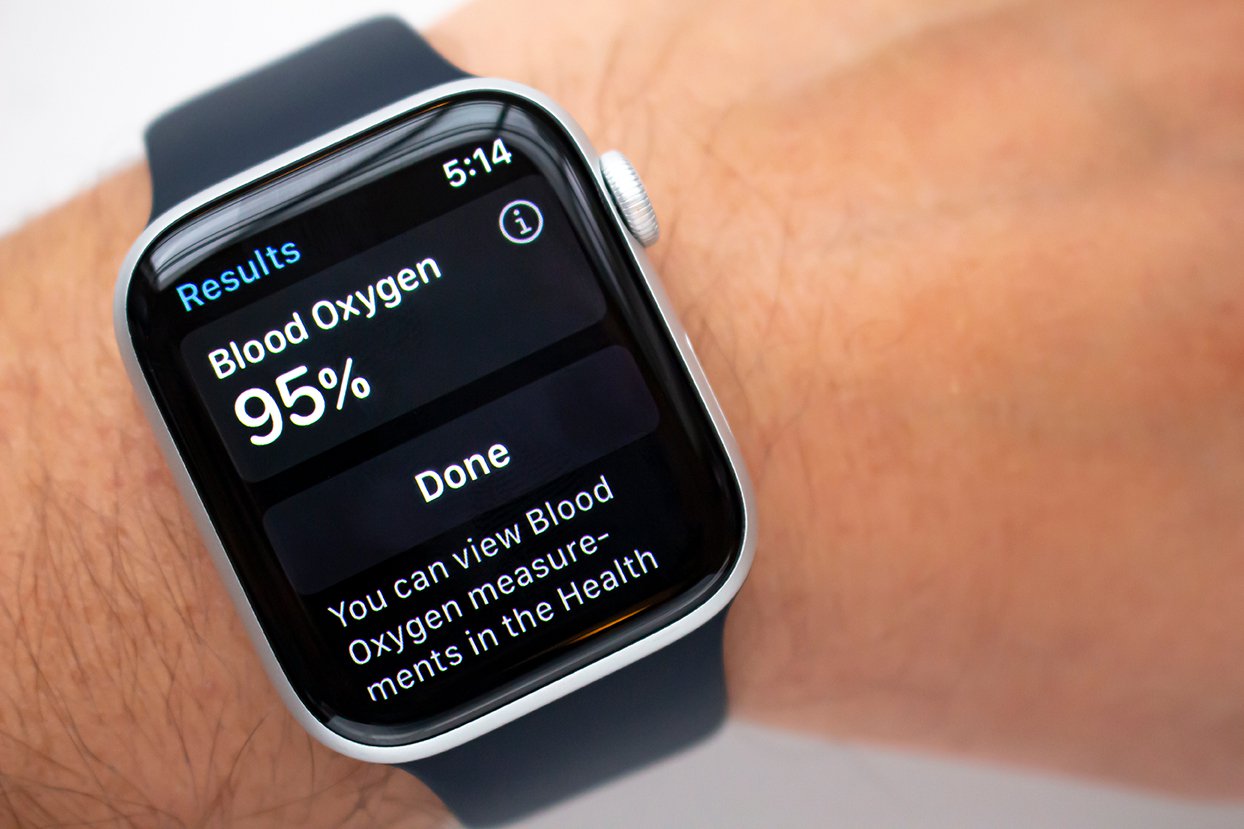
The Broader Impact: Engaging an Aging Population
Apple’s focus extends beyond the tech-savvy youth to an ageing population, who are increasingly embracing technology. Miller points out that older adults are not only adapting to new technologies but are among the early adopters, especially in health-related innovations. This demographic shift underscores the importance of developing personal devices that cater to a wider range of health needs.
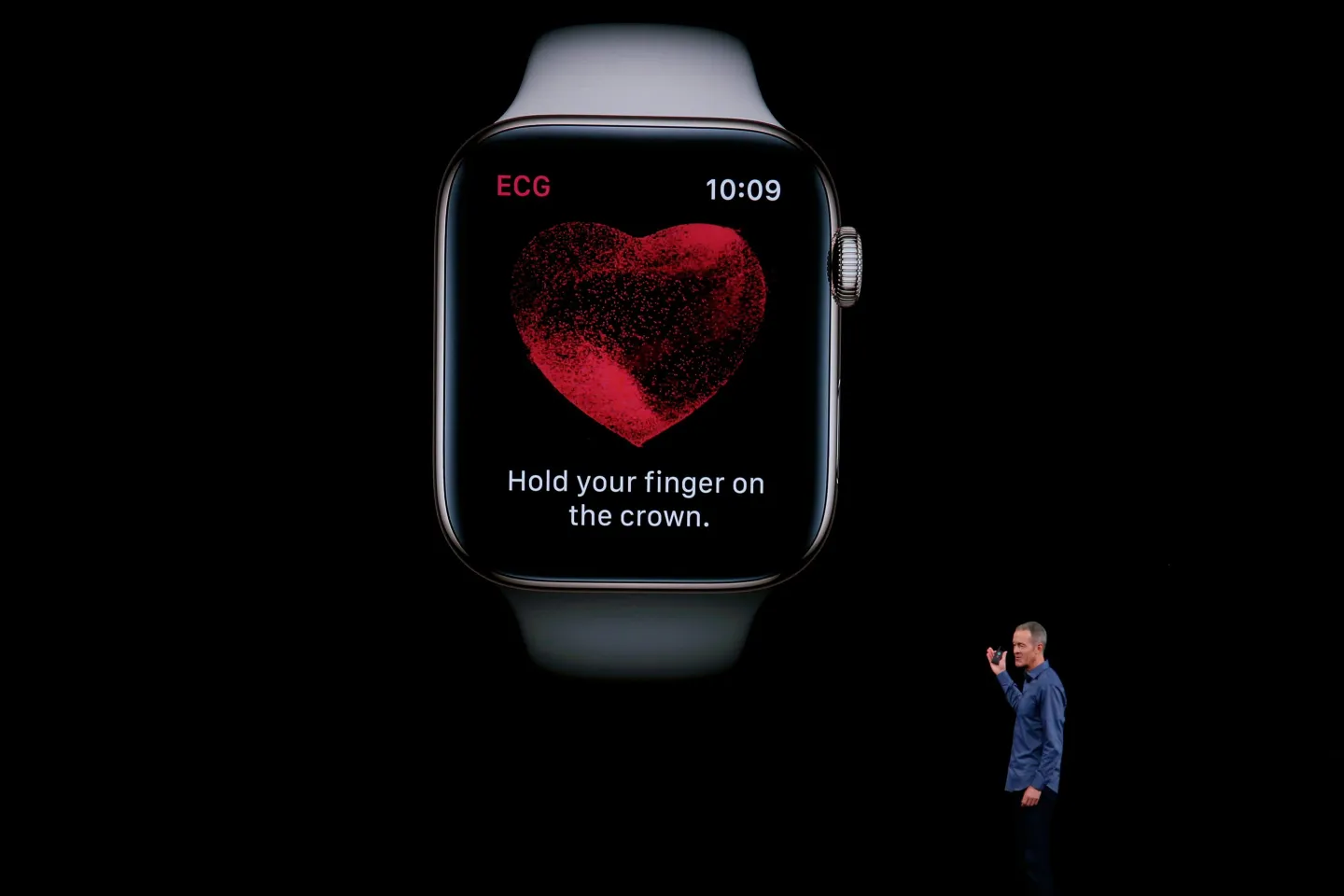
The Role of Social Engagement in Health
Beyond physical health, Apple and other tech companies are beginning to recognize the importance of social engagement in overall well-being. Social isolation can be as detrimental as smoking 15 cigarettes a day. By integrating technologies that foster social interactions and connectivity, companies can play a crucial role in enhancing the quality of life for many individuals.
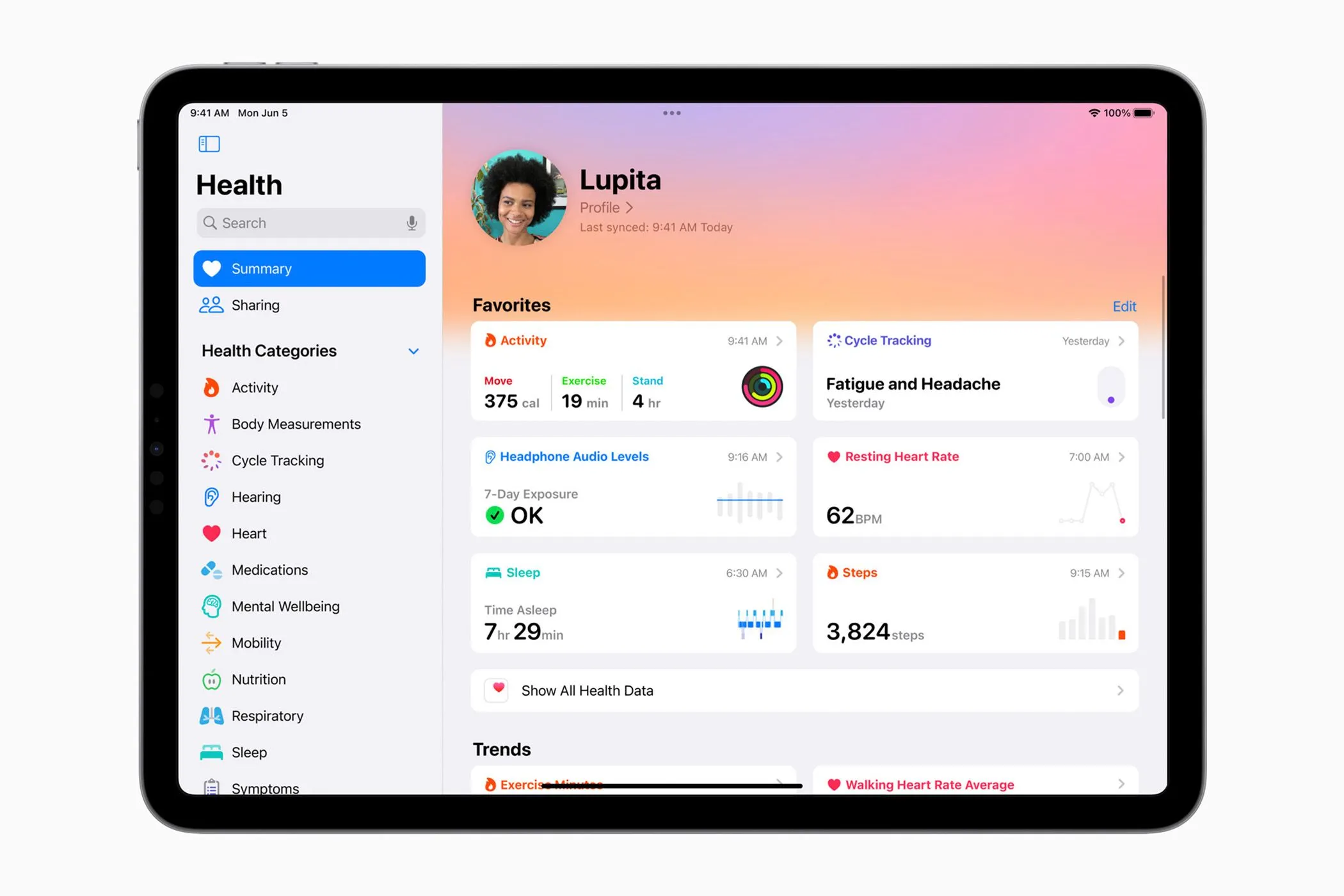
Apple’s latest updates signify more than just technological advancements—they represent a shift towards a future where technology is intricately linked with health and wellbeing. As Apple continues to innovate, the potential for tech to improve daily lives and manage health becomes more apparent, paving the way for a healthier tomorrow.

